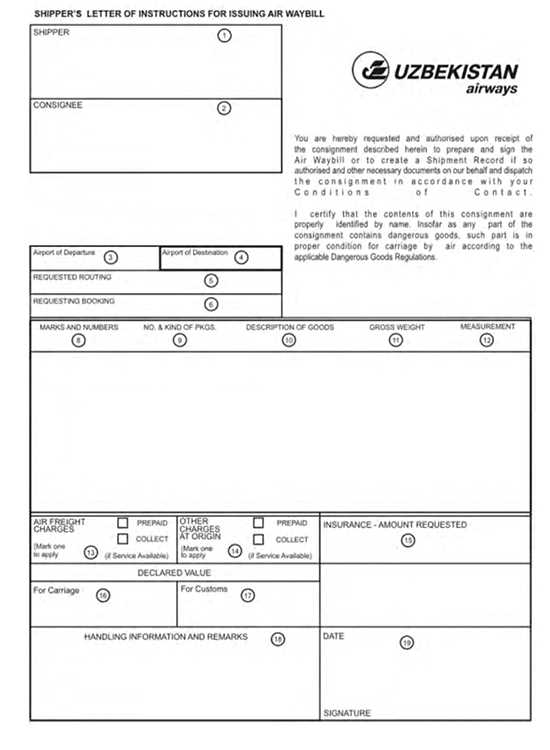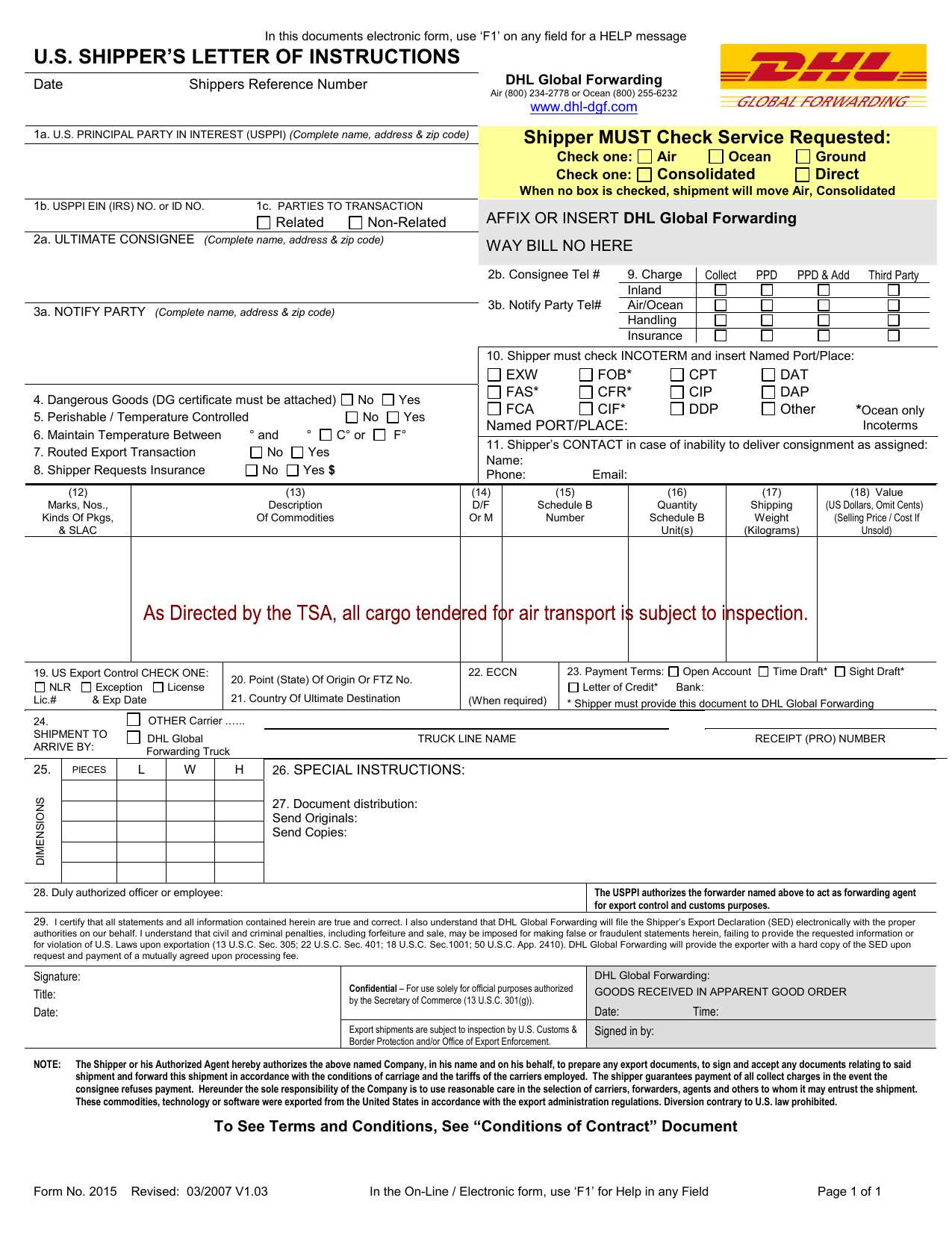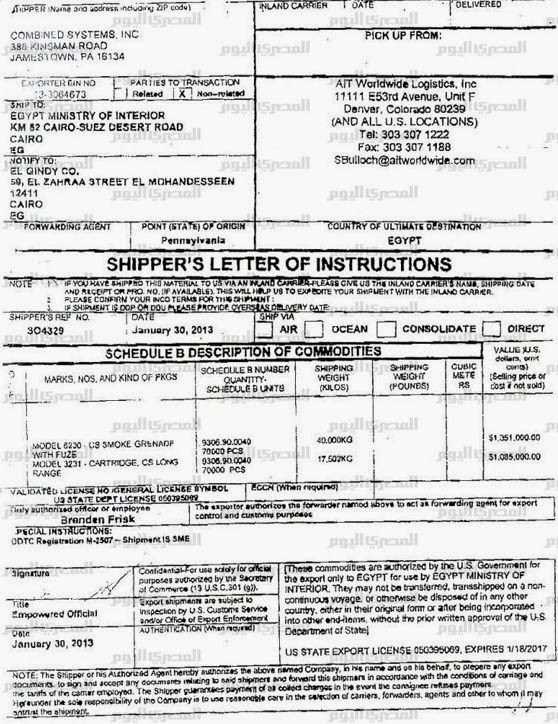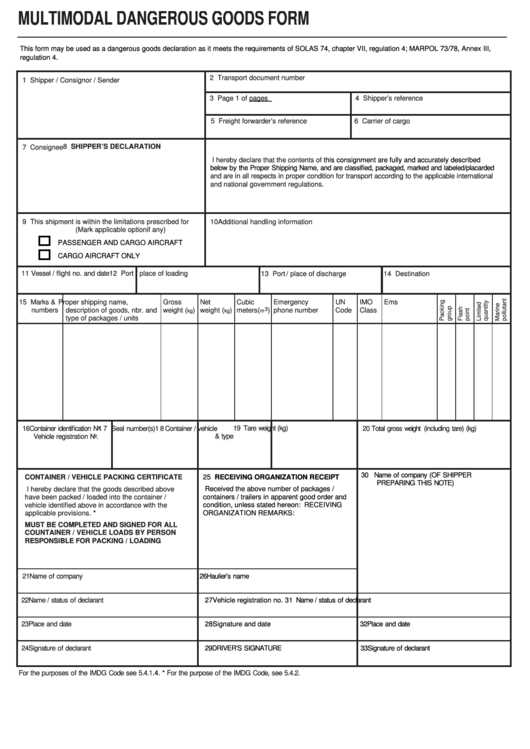Free Shipper’s Letter of Instruction Template

Effective communication is crucial for any business involved in logistics and transportation. One of the key elements for ensuring smooth delivery operations is a well-prepared document that outlines the necessary steps and requirements for shipping. This document helps both the sender and the carrier understand expectations, reducing the risk of errors and delays.
By using a structured format, companies can ensure clarity and consistency in their shipping operations. A standardized document serves as a reference to avoid confusion and maintain streamlined workflows. Additionally, it helps in managing complex shipping requirements with ease, ensuring that all parties involved are aligned in terms of what is needed to complete the process successfully.
Access to a structured shipping guide is invaluable for both new and experienced businesses. It simplifies the process, saving time and minimizing potential risks. With the right resource, organizations can handle deliveries more efficiently, making sure they meet all necessary standards and deadlines.
Importance of Shipping Guidance Document

Clear and concise communication is vital in the logistics industry to ensure smooth operations and avoid costly mistakes. A well-organized shipping document plays a crucial role in providing all necessary details to ensure that the goods are handled correctly. It serves as a roadmap for both the sender and the carrier, outlining critical information such as delivery instructions, packaging requirements, and special conditions.
Ensuring Accurate and Timely Deliveries
One of the key benefits of having a shipping guidance document is the reduction of misunderstandings that could lead to delays. With clear instructions, carriers can avoid errors that may arise from vague or incomplete information. This document helps ensure that all the logistical steps are followed, contributing to timely and accurate deliveries.
Building Trust and Reducing Risks
A detailed shipping document not only increases efficiency but also builds trust between the parties involved. When both sender and receiver have a clear understanding of what to expect, it minimizes the potential for disputes and ensures a smoother process. Additionally, it helps mitigate risks associated with damages or loss by outlining handling requirements in detail.
Overall, this tool is essential for maintaining streamlined operations and promoting a positive experience for both businesses and their customers.
Key Elements to Include in the Shipping Document
A well-prepared shipping document must contain all the necessary information to ensure the smooth transportation of goods. It serves as a comprehensive guide that facilitates clear communication between the sender and the carrier, reducing the chances of confusion or errors. Each section should be structured to address specific aspects of the shipping process, ensuring that nothing important is overlooked.
To create a successful document, there are several essential elements to include:
Contact Information
The first step is to provide clear contact details for both the sender and the receiver. This includes names, addresses, phone numbers, and email addresses. This ensures that any issues during transit can be resolved quickly by reaching the correct person.
Shipment Details
Precise details about the shipment are crucial. This section should outline the type of goods being shipped, their quantity, weight, and dimensions. Clear identification of the items helps in proper handling and avoids mistakes that could arise from unclear descriptions.
Special Handling Instructions
If the shipment requires specific handling procedures, these should be clearly stated. Whether the items are fragile, perishable, or hazardous, specifying special requirements ensures that they are treated correctly during transit.
Payment and Charges Information

Details about shipping costs, payment terms, and who will bear the expenses should be clearly outlined. This avoids any confusion or disputes later in the process.
By including these key details, the shipping process becomes more transparent and efficient, benefiting both parties involved.
How to Customize Your Shipping Instructions
Tailoring your shipping document to meet specific needs is essential for ensuring that your goods are handled according to your preferences. Customization allows you to address unique requirements such as special delivery conditions, handling instructions, or payment terms, ensuring that everything runs smoothly. By making adjustments based on the nature of your shipment, you can provide clear guidance for the carrier and avoid potential complications.
To effectively customize your shipping details, consider the following steps:
- Define the Shipment’s Nature: Specify whether the items are delicate, perishable, or require special storage conditions. This helps the carrier take the necessary precautions during transit.
- Clarify Packaging Requirements: If specific packaging is needed, outline the materials or methods to be used. This will ensure that the goods arrive safely and undamaged.
- Specify Delivery Terms: State any particular delivery instructions, such as time frames, location preferences, or access restrictions, to ensure smooth coordination upon arrival.
- Detail Payment Information: Clearly mention who is responsible for the shipping costs and any other charges to avoid confusion and ensure prompt processing.
By adjusting these key aspects, your shipping document becomes a personalized tool that streamlines the delivery process and minimizes errors, contributing to more efficient operations and successful transactions.
Common Mistakes to Avoid in the Shipping Document
When creating a shipping document, accuracy and clarity are crucial to ensuring a smooth process. Small mistakes can lead to significant delays, confusion, or even financial loss. It’s important to carefully review all the information provided and ensure that nothing is overlooked. Here are some common mistakes to avoid when preparing this important document.
Incomplete or Incorrect Contact Information
One of the most frequent errors is providing inaccurate or missing contact details for the sender or receiver. This can delay communication in case of issues during transit. Always double-check that all names, addresses, phone numbers, and email addresses are correct and complete.
Unclear Shipment Details
Another common mistake is providing vague or incomplete descriptions of the goods being shipped. This can result in improper handling, incorrect routing, or even damage during transport. Be specific about the quantity, weight, dimensions, and nature of the items, ensuring the carrier understands exactly what is being transported.
By avoiding these errors, you help ensure that your shipment reaches its destination efficiently and without unnecessary complications.
Benefits of Using a Standardized Form for Shippers
Utilizing a standardized format for shipping instructions brings numerous advantages to both the sender and the carrier. A structured document simplifies the communication process, ensuring all necessary information is conveyed clearly and consistently. By using a predefined form, shippers can avoid errors and streamline operations, making the entire process more efficient and cost-effective.
Time Efficiency and Consistency
One of the primary benefits of using a standardized form is saving time. Instead of creating a new document from scratch each time, shippers can quickly fill in the necessary details, reducing the administrative burden. Additionally, a consistent format ensures that all required information is included, preventing mistakes that could delay shipments.
Reduced Risk of Errors
By using a template, shippers can minimize the likelihood of overlooking important details or making mistakes in their instructions. Since the format is predefined, it serves as a checklist that ensures all fields are completed accurately. This reduces the risk of miscommunication and the need for follow-up clarifications.
| Benefit | Impact |
|---|---|
| Time-saving | Reduces the time spent on paperwork and improves overall workflow. |
| Consistency | Ensures that all shipments follow the same format, making information easier to review. |
| Minimized Errors | Helps reduce human error by following a consistent and organized structure. |
Overall, using a standardized form simplifies the process and ensures that shipments are handled properly from start to finish, leading to smoother operations and fewer complications.
Where to Find Free Forms Online

If you’re looking to streamline your shipping process, there are many resources available online that offer free documents to help you with the task. These forms can be customized to meet your specific needs and are often available for download in various formats such as PDF, Word, or Excel. Using these resources ensures that you have access to a reliable structure for your shipping details, without the need to create one from scratch.
Several websites specialize in providing downloadable forms for different industries, including shipping. These resources typically offer templates that are easy to modify based on your particular requirements. Many of them also include helpful instructions to guide you through the process, ensuring that all essential fields are filled correctly.
Some useful places to check for such resources include:
- Business and Shipping Websites: Many industry-specific sites offer downloadable forms for logistics and transportation needs. These websites often have templates ready for immediate use, which you can modify to suit your shipments.
- Legal Document Websites: These platforms provide a range of documents related to business and legal affairs, including shipping documents. They often allow you to access the forms for free and customize them as required.
- Template Sharing Platforms: Websites like Google Docs or specialized forums may have shared resources from other users, where templates are uploaded and offered for free use. These are often open-source and easy to edit.
By using these online resources, you can save time and ensure that your shipping documents are structured properly, allowing for smooth and efficient operations.
Best Practices for Effective Shipping Communication
Clear and concise communication is essential to ensure that goods are shipped smoothly and reach their destination on time. Properly communicating the details of each shipment helps avoid misunderstandings and delays. By following best practices for conveying shipping information, businesses can improve efficiency and maintain strong relationships with carriers and customers.
Provide Detailed and Accurate Information
One of the most important aspects of effective shipping communication is ensuring that all necessary details are included. This means specifying addresses, delivery deadlines, special handling instructions, and any other relevant data. Accuracy is key, as any missing or incorrect information could result in delays or mistakes during the shipping process.
Use Standardized Formats
Standardized forms or formats help ensure that everyone involved in the shipping process understands the information being provided. Consistency in structure allows carriers, suppliers, and other parties to quickly assess the requirements for a shipment. This minimizes confusion and makes it easier to process shipments efficiently.
Overall, the more structured and clear the communication is, the more likely it is that shipments will be delivered successfully and without issues, improving both operational flow and customer satisfaction.